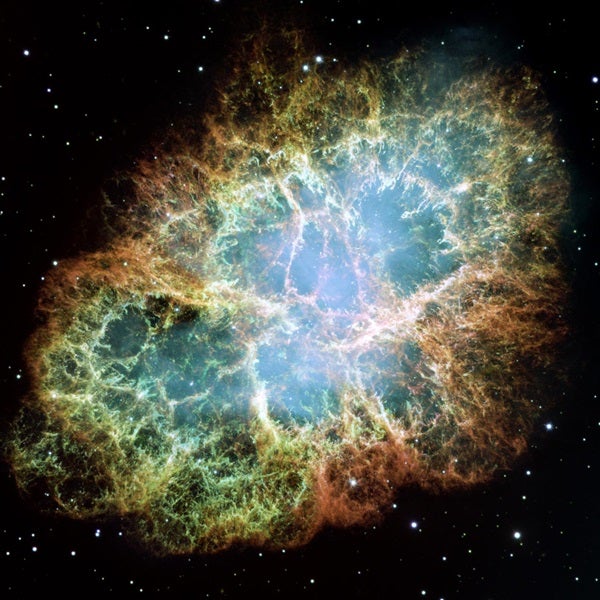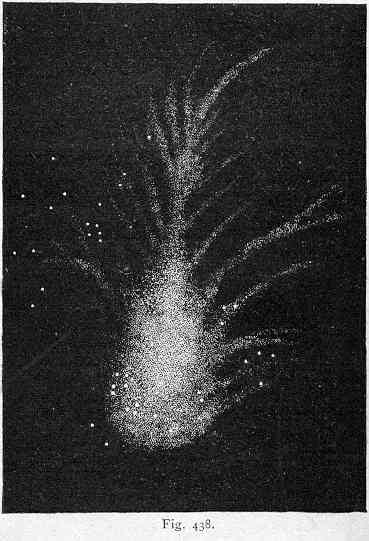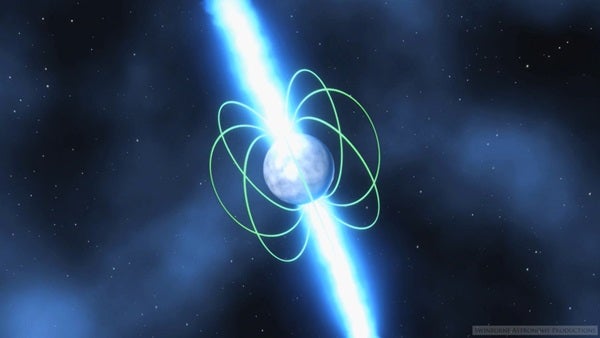Astronomers in China and Japan recorded its arrival, and other observers around the world surely noticed it as well. But it was the Dark Ages in Europe, from which we have relatively few written records. Added to that, scholars both there and in the Middle East were more interested in the reliable and seasonable patterns of the incorruptible heavens, and less so in the unpredictable appearances of comets and guest stars. It’s also possible, and this should shock no one, that it was clouded over and rainy in England during the time the star shone most brightly.
But even for the most observant, the light that shone so brightly for almost two years was forgotten after hundreds more passed by without its reappearance. Its memory survived only in written records, and no one paid it much attention.
In 1921, Carl Otto Lampland observed changes in the nebula’s shape. These changes are nothing Lampland could have observed by himself. Instead, he was comparing his observations to those taken across the past two centuries by other astronomers. Yes, many of these observations were from hand-made drawings but nonetheless a consistent story appeared: The nebula was growing.
If it were a supernova, it would have been readily visible to long-ago astronomers, or even to Joe the Farmer and Non-Astronomer standing outside his house at night. Once they began looking, other possible matches arose in the Middle East, Europe, and even the Americas, though many of these are ambiguous or disagree on specifics of date and location.
In 1967, Jocelyn Bell Burnell observed the first pulsar, a collapsed neutron star that sends out regular bursts of radiation like heartbeats long after the supernova event that ended its first life as a normal star. Astronomer Franco Pacini quickly realized the Crab Nebula glows to this day thanks to a pulsar still beating away in its interior, and observations proved him correct within the year. The Crab Nebula is more accurately a pulsar wind nebula wrapped inside a supernova remnant. The pulsar continues to whip up the gas immediately around it, blowing a bubble inside the larger shell of expanding debris from the supernova thousands of years before.
The Crab Nebula is a triumph of the most cooperative of science teams, one stretching across millennia and nations. With the naked eye, hand-made drawings, and state-of-the-art technology from the 18th century to the 21st, humans have watched and recorded its evolution. Separately, the pieces were at times unclear – a guest star, a comet, or, perhaps least likely, a crab – but together, they paint a beautifully clear picture.












